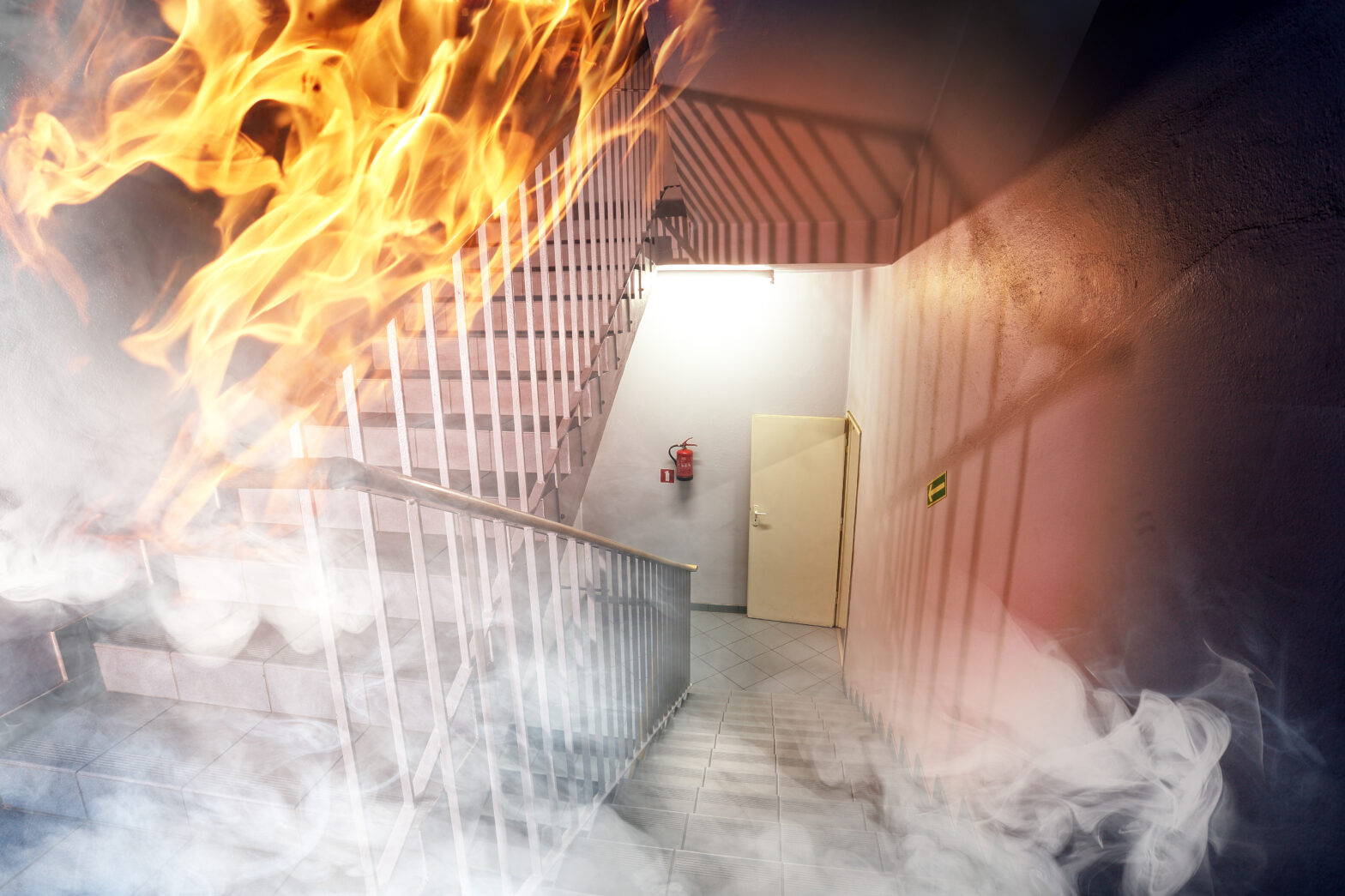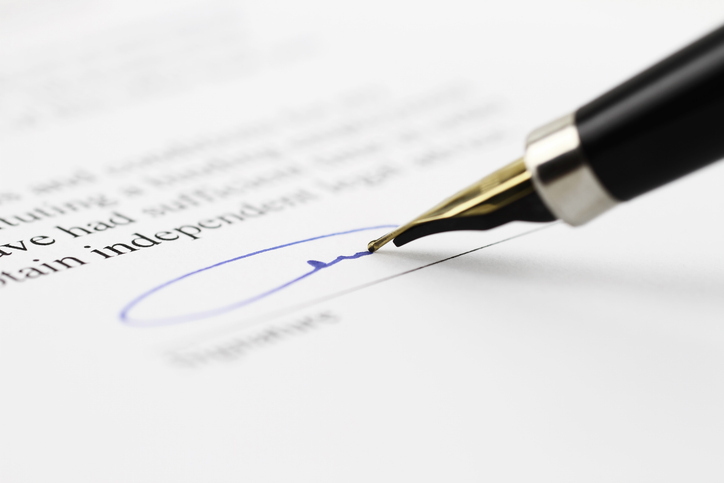A fire at your business is distressing and can represent a major setback, requiring large amounts of time and resources to recover from.
When you initially make a claim, your insurer will appoint a loss adjuster, who will in turn work with a team of trained professionals and potentially a forensic scientist. Together, they will scrutinise the situation; and try to find grounds whereby they pay you as little as possible or uncover any issues that may invalidate your claim.
Here, Harris Balcombe discusses how to avoid business interruption claims – in particular, commercial fire insurance claims – and outline how important it is to be aware of the risks and impact a fire can have on your small business.
Invest in business building insurance
Whatever your business may be, it’s crucial that you take out an insurance policy that protects you against all manners of potential disasters.
Your location is a fundamental factor in your business: your bricks and mortar the literal foundation. That’s why it’s so important you protect it, should the worst happen.
Related: Risk assessment template for your small business
Unfortunately, an event such as a fire could lead to the temporary or permanent closure of your business premises; but a comprehensive policy will help you to quickly recover. Without it, you could suffer from a significant financial hit.
So, if you own a business it is crucial to take out building insurance.
What does business building insurance cover?
Business building insurance covers your building, including external fixtures such as signs, and indoor fixtures and fittings; against a range of catastrophic events. This could be anything from fires, storms or floods, to a burst water pipe or an act of vandalism.
Your insurance provider will pay for damage or loss based on either the replacement cost of the item, or its actual cash value:
Replacement Cost: Pay out of the full cost of repairing, replacing or rebuilding damaged property or premises, without deduction for depreciation.
Actual Cash Value: A lower premium alternative that pays out the cost of replacing, repairing or rebuilding damaged property or premises, deducting for depreciation. The insurer will also expect a discount for this kind of payment.
A provider may request that you adhere to a minimum-security standard before taking out a policy. For example, you should secure all points of access to lockable devices, to prevent intruders. If there’s evidence that damage or theft was caused to your building due to lax security, then the insurer may not be obligated to pay out.
How much business building insurance will my business need?
Put simply, your insurance should cover the total value of your business, including all outdoor fixtures and fittings.
There are numerous comparison sites that can help you find a competitively-priced, comprehensive business building insurance policy. Before paying out, you should make sure that you approach a professional valuation to confirm what risks your building should be insured for.
What other insurance does my business need?
The only type of insurance your business needs by law is Employer’s Liability Insurance, which covers you in the case of accident or illness. Every business in the UK that employs one or more member of staff must have this, according to the Employers’ Liability Insurance Act 1969.
However, there are other types of insurance that are worth investigating:
- Motor Insurance: Any business that operates a vehicle needs to be covered, either by individual policies or fleet cover.
- Business Contents Insurance: This covers you for loss or damage caused to your business equipment or stock.
- Business Interruption Insurance: In addition to claims relating to fire damage, business interruption insurance is a must as it covers your business for claims relating to damage from flooding or storm too.
- Cyber Insurance: This covers your business from cyber criminals and is designed to protect your computer systems during a data breach.
Investing in business building insurance is the first step to take, in helping you to recover from a fire or other disaster.
Fire safety risk assessment
Whilst investment in business building insurance is an important step to take, to help you recover from a fire or other disaster; you should take the time to conduct a comprehensive fire safety risk assessment too.
Here are some basic steps to follow but it is always best to employ a specialist firm:
Identify fire hazards
Fire starts when heat (a source of ignition) comes into contact with fuel (anything that burns), and oxygen (air). Essentially, you need to keep heat and fuel apart. Think about how a fire could start: heaters, lights, naked flames, electrical equipment, cigarettes, matches… anything that can get very hot and cause sparks.
Now, think about what could burn. Packaging, furniture, leftover rubbish – or the more obvious sources of fuel such as paint, petrol or varnish. Wood, plastic, paper, rubber and foam are all susceptible to burning. Do the walls of your building contain hardboard, chipboard or polystyrene? You should also check outside for potential risks.
Identify people at risk
Anyone who is in your building is at risk: you, your employees, and any clients you invite over. However, some people may be at more risk than others, should a fire strike. Is there anyone who is perhaps physically or visually impaired, or unable to react quickly in the face of danger? Additionally, employees in specific roles, locations or carrying out specific activities may face a higher risk.
It’s important to identify those at extra risk, so your plan can incorporate steps to ensure their safety, should a fire strike.
Evaluate, remove or reduce risks
The next step is to evaluate your findings, so you can reduce or eliminate the risks. For example: is there a source of heat currently placed near fuel? If you have an electrical heater by a bin full of wastepaper, it would be sensible to move them away from each other.
Classify your risks into low, normal and high; so you can tackle the high priority ones first.
Record findings, create a plan, and provide training
Whilst only business with 5+ members of staff are legally required to keep a written record of their fire safety risk assessment; it’s advisable that all businesses do this anyway.
When you create a plan, it’s important that you take numerous factors into consideration, including:
- Escape Routes: Are your escape routes big enough for employees to use, are they well lit, unobstructed and safe? If a fire were to start, you want employees to exit the building quickly and safely.
- Fire Fighting Equipment: You should have fire extinguishers mounted on the walls, that are suitable for tackling different types of hazards. You can find out more information on the different types of fire extinguishers here.
- Fully Functioning Fire Alarm: You need to instantly alert employees, should a fire break out. Regularly test your alarm so you know it works, and everyone in the building can hear it. Run through the evacuation procedure so employees are familiar with the procedure.
You should regularly review your plan, so you’re aware if risks change over time. If you do identify additional risks, or need to make significant changes to your plan; then you need to alert everyone who shares the premises.
Simply creating a plan isn’t enough: you need to train your staff, so they understand the risks that could cause a fire, and how they can prevent this from happening. Aim to build this aspect into your induction plan, and then carry out refresher training on a six months basis.
To conclude, it’s never been more important to educate yourself on the benefits of business building insurance, and how to carry out a proper fire safety risk assessment. With 69 per cent of businesses unaware that building regulations in the UK don’t adequately prevent and protect the risk of fire; and almost £800 million paid out in commercial fire claims in 2015; don’t let your business become a statistic.





